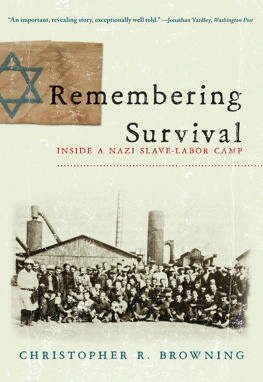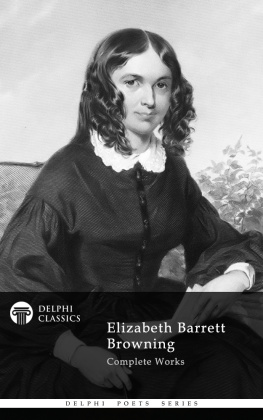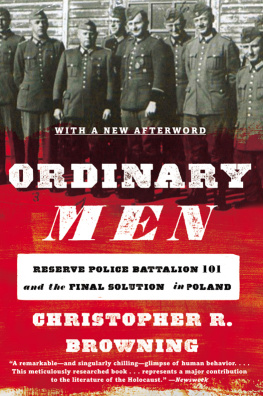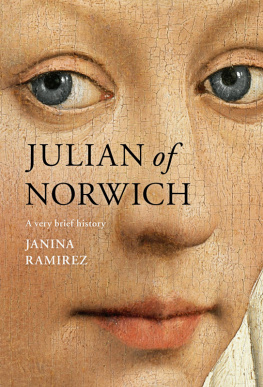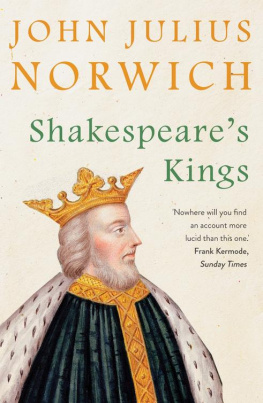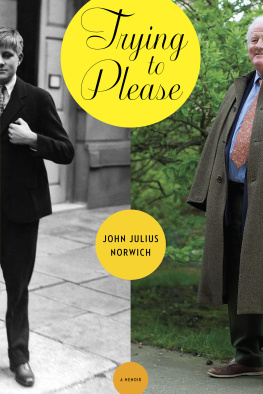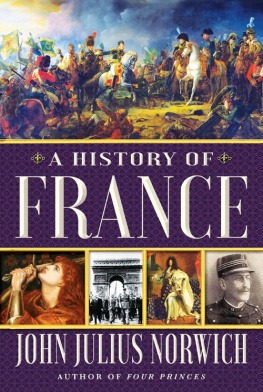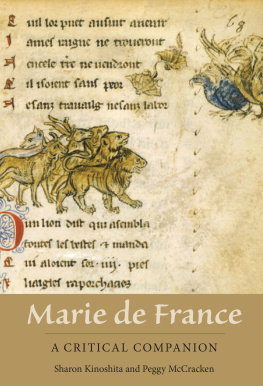DEDICATION
To all the citizens of the Fine City
who went to fight in the Great War and never came home.

First published in Great Britain in 2015 by
PEN & SWORD MILITARY
an imprint of
Pen and Sword Books Ltd
47 Church Street
Barnsley
South Yorkshire S70 2AS
Copyright Stephen Browning, 2015
ISBN: 978 1 47382 818 6
PDF ISBN: 978 1 47387 311 7
EPUB ISBN: 978 1 47387 310 0
PRC ISBN: 978 1 47387 309 4
The right of Stephen Browning to be identified as the author of this work has been asserted by him in accordance with the Copyright, Designs and Patents Act 1988.
A CIP record for this book is available from the British Library.
All rights reserved. No part of this book may be reproduced or transmitted in any form or by any means, electronic or mechanical including photocopying, recording or by any information storage and retrieval system, without permission from the Publisher in writing.
Printed and bound in England
by CPI Group (UK) Ltd, Croydon, CR0 4YY
Typeset in Times New Roman by Chic Graphics
Pen & Sword Books Ltd incorporates the imprints of
Pen & Sword Archaeology, Atlas, Aviation, Battleground, Discovery, Family History, History, Maritime, Military, Naval, Politics, Railways, Select, Social History, Transport, True Crime, Claymore Press, Frontline Books, Leo Cooper, Praetorian Press, Remember When, Seaforth Publishing and Wharncliffe.
For a complete list of Pen and Sword titles please contact
Pen and Sword Books Limited
47 Church Street, Barnsley, South Yorkshire, S70 2AS, England
E-mail:
Website: www.pen-and-sword.co.uk
Contents

Acknowledgements

Grateful thanks are due to very many people involved in the production of this book.
It would not have been possible without the help, always cheerfully given, by the staff of all the excellent Norfolk libraries and resource centres. Original news material from the period has been extensively preserved and thanks are due to the custodians of this priceless archive.
At Pen & Sword Books I give special thanks to Roni Wilkinson for all his encouragement and help, to Pamela Covey for superb copy-editing, and to Matt Jones for overseeing production.
Finally, thank you to my friends you know who you are who have read various sections and made useful suggestions.
Introduction

On the eve of the Great War, Norwich was very much a city on the rise: an industrial and commercial powerhouse. It was most certainly also not without its problems, notably the extreme poverty of some areas such as the notorious Norwich Yards. Both of these factors impacted on the war and subsequent changes to the city.
This book looks at Norwich and the surrounding areas on the eve of conflict and charts everyday life in the city year on year, extensively using original material from the period. It very much focuses on how it felt to live in the city, on the joy and sadness, on the changes to peoples lives, on the courage and humour, as well as the pride and determination shown by the people of The Fine City. Both dramatic events and the details of daily life are illustrated by many unique photographs taken at the time.
Norwich industry made a vital contribution to the war effort in ways both big and small, from making pairs of boots in their hundreds of thousands and the Sopwith Camel aircraft to literally smaller things that had an appreciable psychological impact, such as Caleys Marching Chocolate for the troops, and the patriotic books and gifts made by Jarrolds in previously unprecedented quantities. All these are celebrated here.
Most importantly, this account details the incredible deeds of the heroes who travelled from Norwich to the fields of conflict, some of whom gained the Victoria Cross but many more who did not. An At a Glance section per year gives the main world events during which these actions took place and against which home life unfolded. It concludes with a view of the city as the surviving troops finally came home.
A closing appendix gives the route for a fascinating Great War Walk around the city centre, taking in many of the places discussed in this book.
CHAPTER 1
Norwich, The Fine City, on the Eve of the Great War

Never yet did a stranger visit Norwich and wander with an intelligent eye through its sinuous streets without experiencing that indescribable charm and delight consequent upon the succession of picturesque prospects which burst upon the view in the numerous combinations of medieval ecclesiastical architecture with the bustle and stir of mercantile establishments.
Citizens of No Mean City, Jarrold and Sons, Norwich, April 1910
The term A Fine City is taken from the novel Lavengro by celebrated Norwich writer George Borrow, published in 1851. What he actually wrote was a fine old city, truly is that but the word old was later omitted. It has now become the citys slogan. It did not catch on straight away, however, and on the eve of the Great War many referred to Norwich as No Mean City which is taken from St Pauls description of Tarsus, a town in Cilicia.
Industrial and commercial might
The city was an Edwardian industrial powerhouse with some of its firms destined to play a vital role in the war. These included Boulton & Paul, already producing virtually anything in metal from wire netting to aircraft bodies; Colmans, who cut down on the acreage given over to mustard production for the duration of hostilities in order to grow more essential crops and were to see 921 men join up, including four of the seven directors; Howlett and White, and many other shoe producers, who together made literally millions of pairs of what was universally agreed to be the perfect marching boot for the British and allied armies; and Caleys who produced chocolate bars that were sent to hundreds of thousands of troops on the front lines. Caleys Marching Chocolate was especially popular and can still be bought in Caleys Coffee Shop in the Old Guildhall on the Market Place.
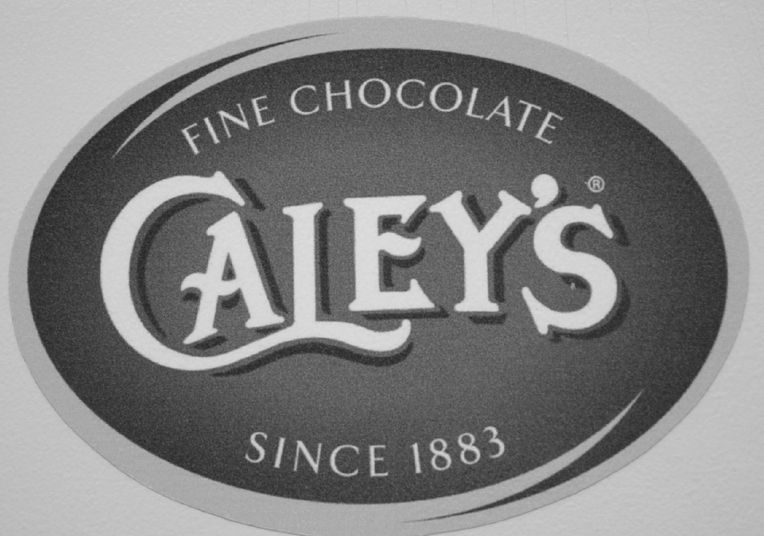
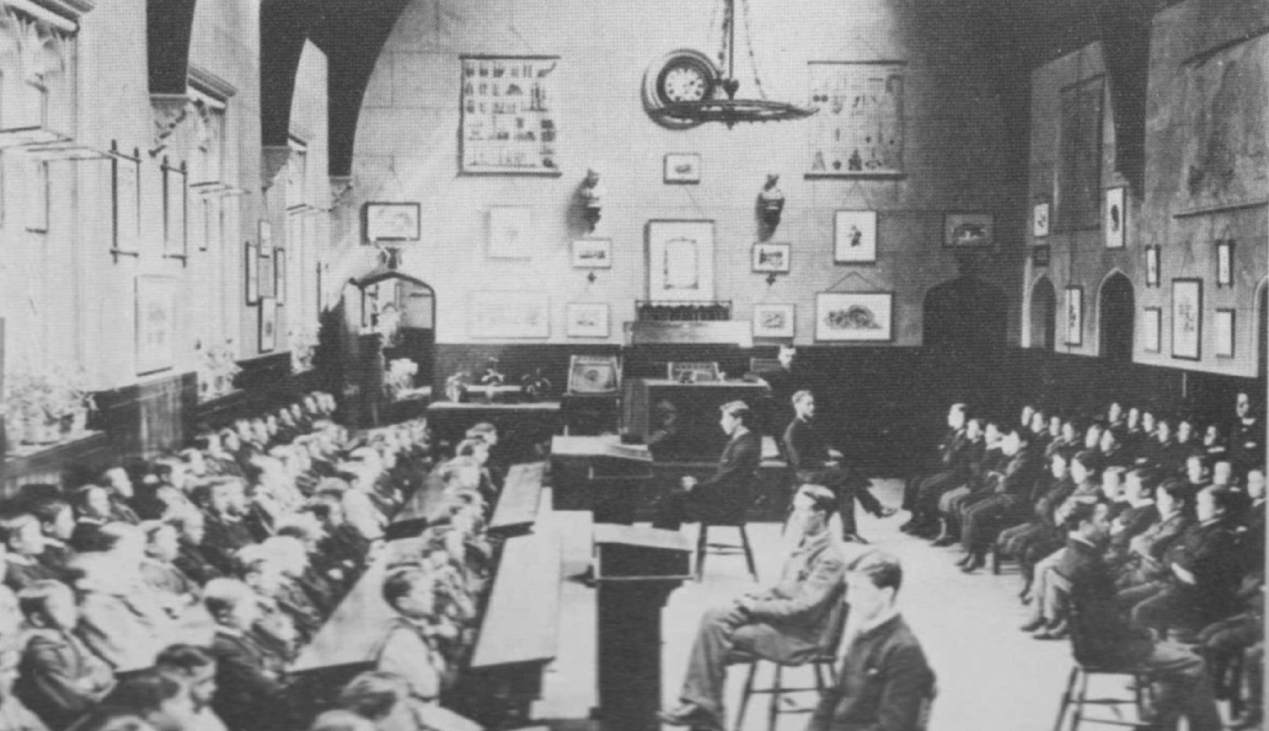
The schoolroom at Colmans Carrow Works. Colmans provided education for the children of the workers; also a health scheme, hot meals, a social club and even housing in a purpose-built village.
Beer
Norwich had also been famous since Victorian times for beer production with at least seven large breweries such as Youngs, Crawshay and Youngs, and Bullards, along with dozens of malt houses. This was very much a mixed blessing as it is estimated that the city had over 500 public houses, many of which were unlicensed, being nothing more than the front rooms of wretched houses in areas of the city such as Coslany where poverty was rife. City magistrates continually ordered such establishments, which found it easy to buy a barrel of ale from a brewery literally up the road and sell it in an attempt to eke out a living, to be closed down only for another to open up, often next door or nearby.
Next page

